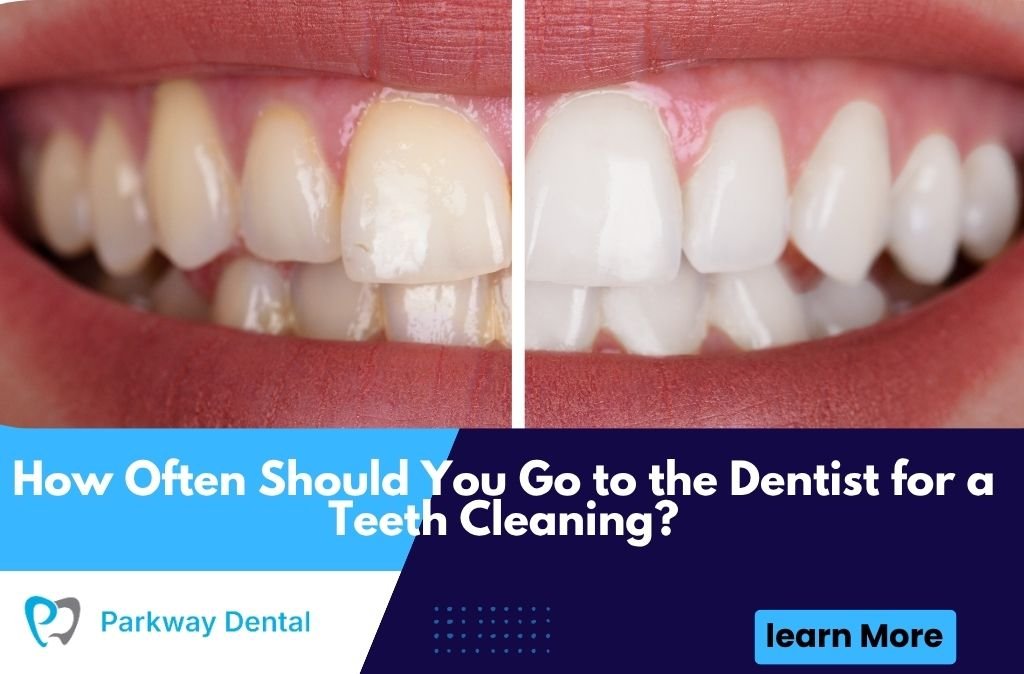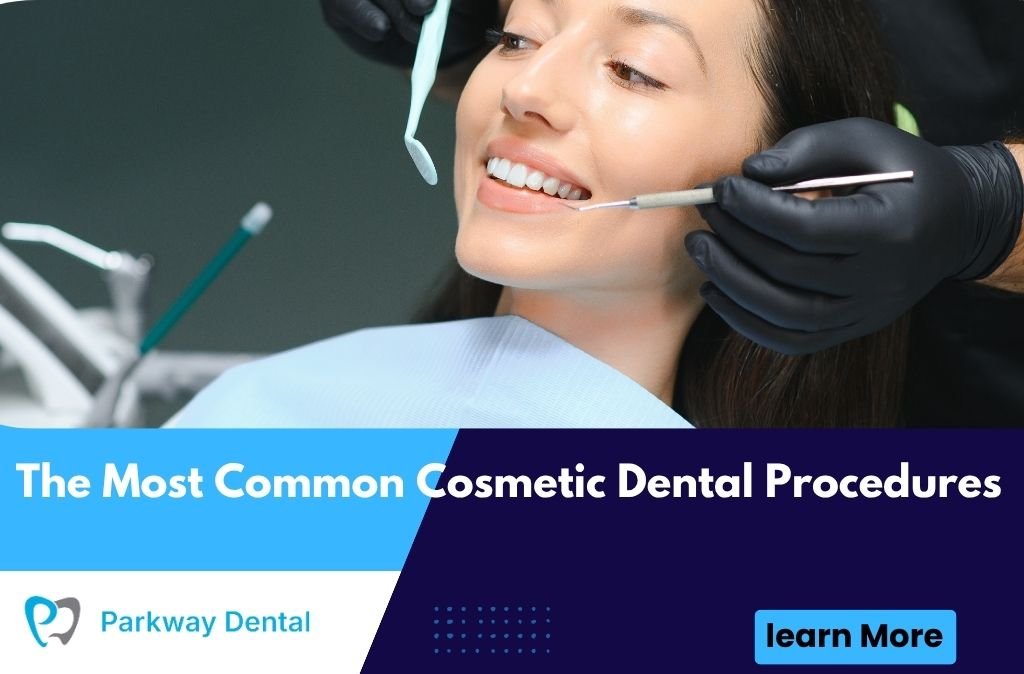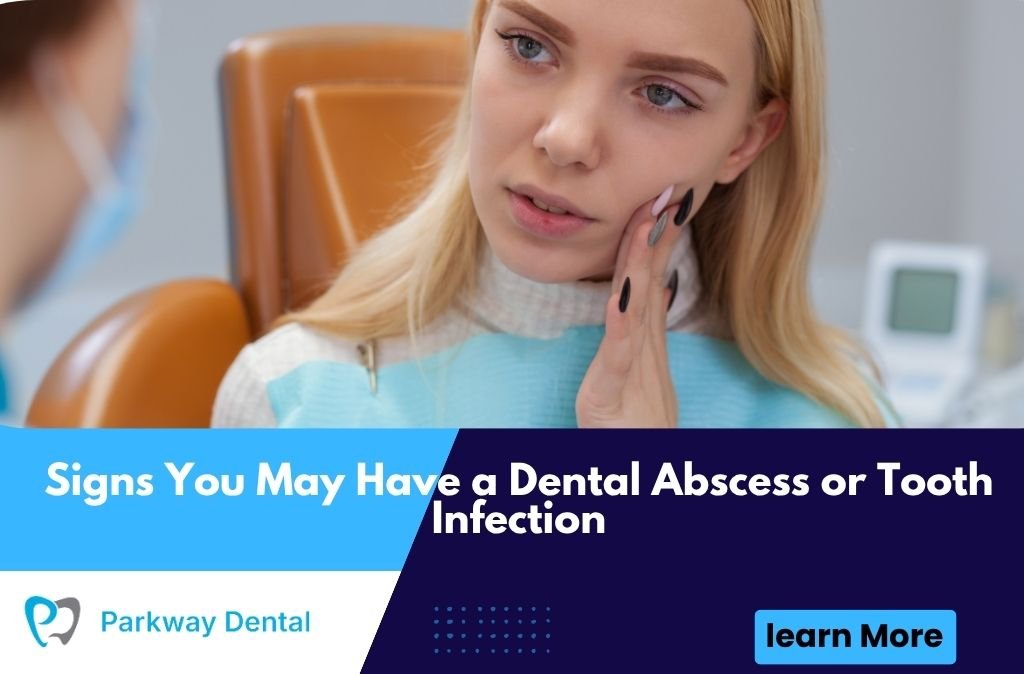Good oral hygiene starts at home, but professional teeth cleaning plays a key role in maintaining a healthy, bright smile. While daily brushing and flossing remove surface debris, only a professional dental cleaning can eliminate deep plaque, tartar, and bacteria buildup. Many people wonder — how often should you visit your dentist for teeth cleaning? The answer depends on your oral health, habits, and risk factors. This guide explains everything you need to know about dental cleanings, frequency, benefits, and what happens during your visit.
Why Regular Dental Cleanings Are Important
Regular dental cleanings prevent cavities, gum disease, and bad breath by removing hardened deposits that daily brushing can’t reach. They also help detect early signs of oral issues before they become serious. Skipping cleanings allows plaque and tartar to accumulate, increasing the risk of tooth decay and gingivitis. Beyond oral health, cleanings support your overall well-being, as poor dental hygiene has been linked to heart disease, diabetes, and infections. Consistent cleanings protect your smile and your health.
The Role of Plaque and Tartar in Oral Health
Plaque is a soft film of bacteria that forms on your teeth daily. When not removed, it hardens into tartar, which brushing alone can’t eliminate. This buildup irritates gums, causes inflammation, and leads to periodontal disease. Regular professional cleanings remove tartar safely, preventing gum infections and tooth loss. Your dental hygienist uses special tools to gently scrape away deposits, leaving your teeth smooth, polished, and free of harmful bacteria.
How Often Should You Schedule Teeth Cleaning Appointments?
Most dental experts recommend visiting your dentist every six months for a professional cleaning. However, this frequency can vary depending on your oral condition, lifestyle, and medical history. Some patients with excellent oral health may only need annual cleanings, while others—especially those with gum disease or smoking habits—may require visits every three to four months. Regular checkups allow your dentist to tailor a cleaning schedule that best suits your individual needs.
Twice-Yearly Dental Visits: The Standard Recommendation
The six-month rule is a general guideline for maintaining healthy teeth and gums. These biannual visits allow your dentist to detect problems early and prevent long-term damage. Regular cleanings help keep your smile fresh, lower your risk of cavities, and reduce expensive dental procedures in the future. Patients who stay consistent with this routine tend to have better oral hygiene and fewer emergency visits compared to those who skip appointments.
Who Needs More Frequent Dental Cleanings?
Certain individuals benefit from more frequent dental cleanings, including smokers, diabetics, pregnant women, and those with a history of gum disease. People who wear braces or have dry mouth are also at higher risk for plaque buildup. Visiting your dentist every three to four months helps manage these risks effectively. Your dentist may adjust your cleaning schedule based on your oral condition, ensuring you maintain strong teeth and healthy gums all year long.
What Happens During a Professional Dental Cleaning?
A professional dental cleaning is a simple yet thorough procedure performed by a dental hygienist. It typically includes an oral exam, plaque and tartar removal, polishing, and flossing. Some cleanings may include fluoride treatments for extra cavity protection. The process is painless and helps restore your teeth’s natural shine. Understanding what happens during your visit can ease anxiety and encourage regular appointments.
Step 1: Dental Examination and Evaluation
Your dentist or hygienist first examines your mouth to check for signs of cavities, gum inflammation, or other issues. They use small mirrors and probes to assess hard-to-reach areas. This initial step helps identify early signs of problems like gingivitis or enamel erosion. Detecting issues early during cleaning prevents more serious dental complications in the future.
Step 2: Plaque and Tartar Removal (Scaling)
Scaling is one of the most essential parts of dental cleaning. Using special ultrasonic instruments, your hygienist removes plaque and tartar deposits from above and below the gum line. This prevents bacteria buildup and gum irritation. Removing these hardened deposits reduces your risk of periodontal disease, bad breath, and tooth discoloration.
Step 3: Teeth Polishing
After scaling, your teeth are polished using a gritty paste that removes surface stains and smooths enamel. This polishing process helps prevent new plaque from sticking to your teeth. The result is a cleaner, brighter, and smoother smile that feels fresh. Polishing also enhances comfort by eliminating minor rough spots or buildup left after scaling.
Step 4: Flossing and Rinsing
Flossing during your cleaning ensures that every space between your teeth is debris-free. Your hygienist removes remaining food particles and plaque that brushing can’t reach. Afterward, your mouth is rinsed with an antimicrobial solution to eliminate lingering bacteria. This leaves your mouth refreshed and your gums cleaner, helping maintain long-term oral hygiene.
Step 5: Fluoride Treatment (Optional)
Some dental offices offer fluoride treatments after cleaning. Fluoride strengthens enamel, making it more resistant to decay and acid attacks. It’s especially beneficial for patients prone to cavities or with sensitive teeth. The treatment takes only a few minutes but provides lasting protection until your next dental visit.
Benefits of Regular Teeth Cleanings
Professional teeth cleanings offer numerous benefits beyond a beautiful smile. They improve oral health, prevent gum disease, and boost overall wellness. Cleanings remove harmful bacteria that brushing and flossing alone can’t reach. Regular dental visits also save money by preventing costly restorative treatments later. Cleanings help preserve your natural teeth and enhance confidence with a cleaner, brighter smile.
Preventing Cavities and Tooth Decay
Even with good home care, plaque can build up in hard-to-reach areas. Professional cleanings remove this bacteria before it causes cavities. Regular cleanings ensure that early decay is detected and treated quickly. This not only saves your natural teeth but also reduces the need for fillings or root canals in the future.
Preventing Gum Disease
Gum disease begins with plaque buildup and can progress silently until it causes major damage. Regular cleanings prevent gingivitis (early gum inflammation) from developing into periodontitis. Deep cleanings, when needed, remove bacteria below the gum line, stopping infection and bone loss. Healthy gums mean a stronger foundation for your teeth.
Fresher Breath and Brighter Smile
Persistent bad breath (halitosis) is often caused by trapped food particles or bacterial buildup. A thorough dental cleaning eliminates odor-causing bacteria and plaque. Additionally, professional polishing removes surface stains from coffee, tea, and wine, giving you a naturally brighter smile. Routine cleanings are the simplest way to maintain fresh breath and aesthetic appeal.
Boosting Overall Health
Studies link poor oral health to serious conditions like heart disease, diabetes, respiratory infections, and stroke. Regular dental cleanings help control harmful bacteria that enter the bloodstream and impact your body. By maintaining strong oral hygiene, you’re also protecting your cardiovascular and immune systems.
Signs You’re Overdue for a Dental Cleaning
Skipping routine cleanings can lead to warning signs that indicate your mouth needs professional attention. These symptoms should never be ignored as they may point to underlying oral issues.
Persistent Bad Breath
Chronic bad breath despite regular brushing may signal excessive plaque buildup or gum infection. When bacteria multiply, they produce foul-smelling sulfur compounds. Only a professional cleaning can effectively eliminate these deposits and restore fresh breath.
Bleeding Gums When Brushing or Flossing
Bleeding gums are a clear sign of gingivitis or early gum disease. While brushing harder won’t help, professional cleaning and proper oral hygiene can reverse the problem. If bleeding persists, contact your dentist for an exam.
Tooth Sensitivity or Discomfort
Increased sensitivity to hot, cold, or sweet foods can result from tartar buildup or receding gums. A dental cleaning helps remove irritants and restore enamel protection, reducing discomfort and sensitivity over time.
How Lifestyle and Health Affect Cleaning Frequency
Certain lifestyle choices and medical conditions can increase your need for more frequent cleanings. Understanding these factors helps your dentist design a preventive plan tailored to you.
Smokers and Tobacco Users
Tobacco products stain teeth, increase tartar buildup, and weaken gums. Smokers should visit the dentist every 3–4 months for professional cleanings to reduce the risk of gum disease and tooth discoloration.
People with Diabetes
Diabetics are more prone to gum infections due to reduced blood flow and healing ability. Regular cleanings every 3–4 months help manage bacteria and protect against severe periodontal disease.
Pregnant Women
Pregnancy hormones can make gums more sensitive and prone to bleeding. Dental cleanings during pregnancy are safe and recommended, helping prevent pregnancy gingivitis and maintaining overall oral health for both mother and baby.
How to Maintain Oral Health Between Cleanings
Keeping your mouth clean between appointments ensures that each dental visit is smoother and faster. A strong home care routine supports your professional cleanings and extends their benefits.
Brush and Floss Daily
Brush twice daily with fluoride toothpaste and floss once a day. Proper technique helps remove plaque before it hardens into tartar. Use an electric toothbrush for better results and reach difficult areas around the gum line.
Rinse with Mouthwash
An antibacterial mouthwash helps reduce bacteria, plaque, and bad breath. Choose an alcohol-free rinse to avoid irritation and dryness. Mouthwash complements brushing and flossing by reaching areas your toothbrush can’t.
Eat a Tooth-Friendly Diet
Limit sugary snacks and beverages that fuel bacterial growth. Instead, eat foods rich in calcium, fiber, and vitamin D, such as dairy products, leafy greens, and nuts. Drinking plenty of water helps wash away food particles and maintain saliva flow.
Schedule Routine Dental Visits
Even if your mouth feels healthy, professional dental checkups every six months help prevent hidden problems. Your dentist monitors gum health, cavities, and alignment while performing thorough cleanings to maintain your oral hygiene.
The Cost and Insurance Coverage for Dental Cleanings
Most dental insurance plans cover preventive cleanings twice a year. Regular visits save money by avoiding costly restorative treatments like crowns or implants. Out-of-pocket cleanings are still affordable and well worth the investment for lifelong oral health.
Why Prevention Saves You Money
Preventive care, including teeth cleanings, costs far less than treating cavities, gum disease, or tooth loss. Routine maintenance reduces emergency visits and major dental procedures. Keeping your smile healthy also prevents future medical expenses linked to poor oral hygiene.
Conclusion
Scheduling regular teeth cleanings is one of the easiest ways to protect your smile, prevent disease, and maintain fresh breath. Most people should visit their dentist every six months, but some may need more frequent care depending on lifestyle or health conditions. A clean mouth not only looks great but supports your entire body’s health. For professional, gentle, and personalized cleanings, visit a trusted Dentist in West Roxbury, MA and keep your smile strong for years to come.
FAQs
How often should I get my teeth cleaned?
Most people should visit the dentist every six months for professional teeth cleaning, but high-risk patients may need more frequent visits.
Can teeth cleaning remove stains?
Yes. Professional teeth cleanings remove surface stains caused by coffee, tea, or smoking, improving brightness.
Does dental cleaning hurt?
No, cleanings are usually painless. Some mild sensitivity may occur, but it fades quickly after the procedure.
How long does a dental cleaning take?
A standard dental cleaning lasts between 30 and 60 minutes, depending on the amount of tartar buildup.
What happens if I skip cleanings for a year?
Skipping cleanings leads to plaque and tartar buildup, gum disease, and bad breath, which can result in tooth loss if ignored.
Are dental cleanings covered by insurance?
Yes. Most insurance plans cover two preventive cleanings per year, keeping your dental costs low.
Is teeth cleaning safe during pregnancy?
Absolutely. Routine teeth cleaning is safe and helps prevent pregnancy-related gum inflammation.
Can dental cleanings prevent cavities?
Yes. Removing plaque and applying fluoride during cleanings significantly lowers your risk of tooth decay.
How do I keep my teeth clean between visits?
Brush, floss daily, use mouthwash, and maintain a balanced diet to reduce plaque buildup between dental cleanings.
Can teeth cleaning whiten my smile?
While not a whitening treatment, professional cleanings remove stains and reveal your teeth’s natural color, making your smile appear brighter.





